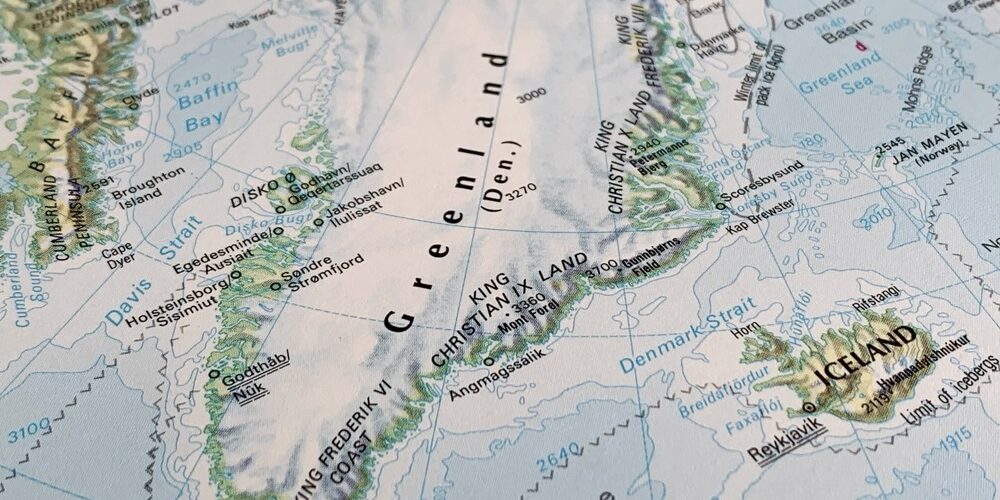The Life and Times of Erik the Red and Leif Eriksson: From Norway to Iceland, to Greenland and Beyond.
Few figures in Viking history from Norway to Iceland to Greenland have left as lasting an impression as Erik the Red and his son, Leif Eriksson. Both are deeply woven into the saga tradition of Iceland and Greenland, and their names are associated with daring exploration, legendary courage, and the early Norse voyages to North America. These two men not only left footprints on new lands but also laid the foundation for how we understand Norse exploration and settlement beyond Europe. Their stories bridge myth and history, fact and folklore, offering a compelling window into the Viking Age and its reach across the North Atlantic.
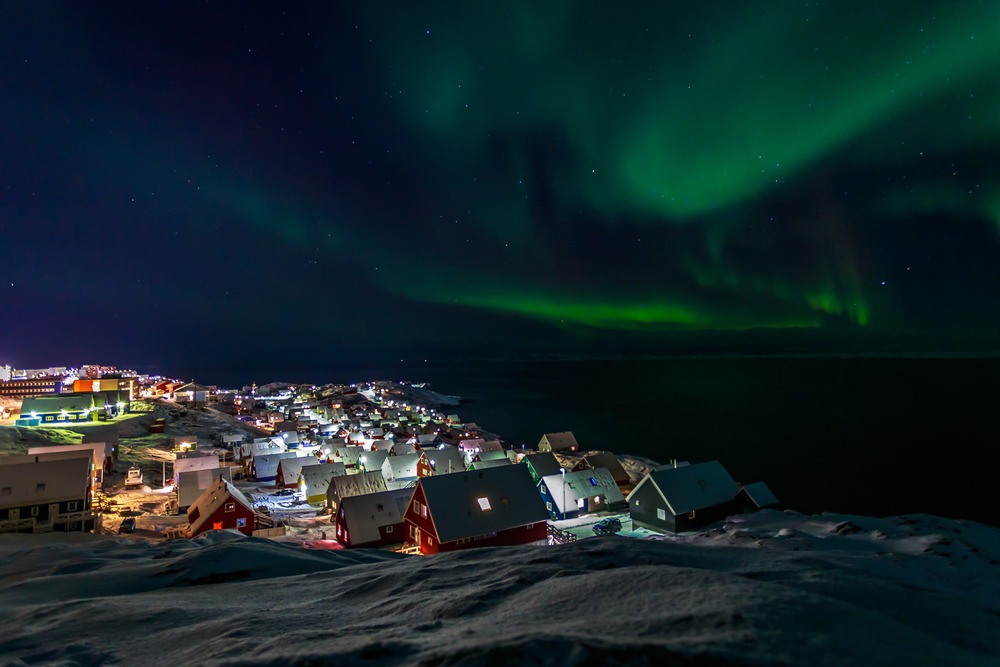
Erik the Red: The Founder of Greenland Erik Thorvaldsson, better known as Erik the Red, was born around 950 CE in Norway. His father, Thorvald Asvaldsson, was exiled from Norway for manslaughter, prompting the family to seek refuge in Iceland. This early encounter with exile foreshadowed Erik’s own life path. Erik inherited a fiery temper and a reputation for violence; like his father, he found himself exiled for manslaughter. Around 982 CE, after being outlawed from Iceland for a series of killings, Erik turned his sights westward.
Drawing on Norse tales of land seen beyond Iceland, Erik sailed to what we now know as Greenland. Over the course of three years, he explored its southwestern coast and found it relatively hospitable by Norse standards. Upon his return to Iceland, Erik named the new land “Greenland“—a clever marketing ploy to entice settlers. The name, he believed, would make the icy terrain sound more appealing. By 985 CE, Erik had successfully organized a fleet of 25 ships to establish the first Norse settlements in Greenland, of which only 14 arrived due to storms and shipwrecks.
Erik became the leader of the Eastern Settlement near present-day Qaqortoq. His authority was both political and spiritual, as he continued to honor the old Norse gods even as Christianity began to spread. Despite the harsh conditions, the colony thrived for a time. Eric’s household, the Brattahlid estate, served as a center of governance and trade. His legacy as Greenland’s founding settler endures, despite the eventual decline of the colony centuries later.
Erik’s life was shaped by violence, exile, and ambition. His decisions opened Greenland to Norse expansion, but his adherence to paganism and his mistrust of Christian missionaries—like those eventually welcomed by his son—highlight the generational shift from old to new beliefs. His legacy of exploration extends to tours and cruises to Greenland.
Leif Eriksson: The Explorer of Vinland Leif Erikson, born around 970 CE in Iceland, inherited both the adventurous spirit and leadership qualities of his father, Erik the Red. But Leif’s personality diverged in key ways. He was reputed to be thoughtful, fair-minded, and deeply curious about the world beyond his father’s domain. Raised in the Norse traditions but open to new ideas, Leif would later embrace Christianity and play a pivotal role in its spread to Greenland.
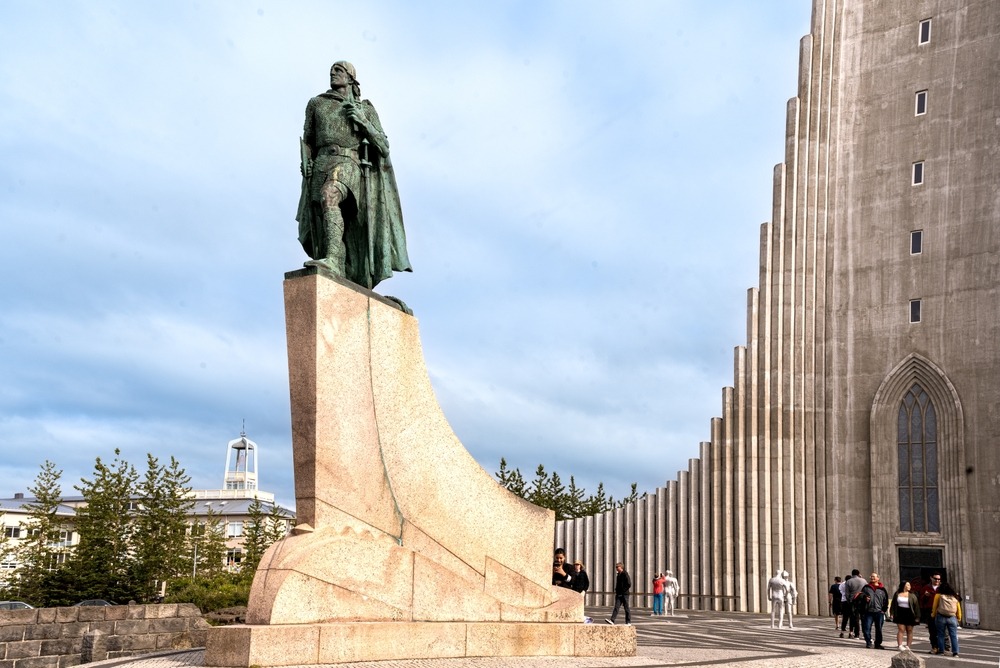
Leif’s most legendary achievement came around the year 1000 CE, when he sailed west of Greenland and discovered new land—Vinland, believed to be somewhere in coastal North America, possibly Newfoundland. According to the “Saga of the Greenlanders” and the “Saga of Erik the Red,” Leif’s voyage may have been inspired by reports from Bjarni Herjolfsson, who sighted land west of Greenland but never landed.
Leif assembled a crew of around 35 men and set sail across the Labrador Sea. He explored a coastline that included areas he named Helluland (possibly Baffin Island), Markland (likely Labrador), and Vinland, where he wintered. Vinland, described as rich in resources and mild in climate, included wild grapes, fish, and timber—precious resources for Norse settlers.
Leif built temporary shelters in Vinland, possibly at L’Anse aux Meadows in Newfoundland, the only confirmed Norse site in North America. Though the settlement did not last, his expedition marked the first known European contact with continental North America, nearly 500 years before Columbus.
Back in Greenland, Leif was known as “Leif the Lucky,” a title earned not only for his successful voyage but also for rescuing shipwrecked sailors on his return. He took over the Brattahlid estate after his father’s death and became a prominent figure in both governance and religion. After converting to Christianity during a visit to Norway—reportedly under the influence of King Olaf Tryggvason—he returned with missionaries and helped spread the faith throughout Greenland.
Leif’s family life was less documented, though it is believed he had a son named Thorgils. His brother Thorvald also attempted voyages to Vinland, but was killed in conflict with Indigenous peoples, underscoring the perilous nature of Norse-American contact.

Legacy of Erik and Leif
Legacy and Cultural Memory Erik the Red and Leif Eriksson remain towering figures in Icelandic and Greenlandic cultural memory. In Iceland, they are celebrated not only as explorers but as symbols of resilience, ingenuity, and the restless energy of the Norse spirit. Eric’s story is woven into the saga tradition, passed down in oral histories and eventually written in the 13th century. His founding of Greenland is seen as a testament to Viking daring and frontier leadership.
Leif Erikson enjoys even broader recognition, especially in the United States and Canada, where he is honored as the true first European to reach the New World. Leif Erikson Day is celebrated on October 9th in several countries, including Iceland, Norway, and the U.S. In Greenland, Leif and Erik are regarded as cultural pioneers, and their roles in settling the island and reaching beyond it are seen as formative chapters in national identity.
Modern statues, place names, and festivals honor both men. In Reykjavik, a prominent statue of Leif Erikson, gifted by the United States in 1930, stands before Hallgrimskirkja church. Greenland’s historical sites—such as the reconstructed longhouses at Brattahlid—preserve the legacy of the Norse settlers and serve as educational and cultural touchstones.
Together, Erik the Red and Leif Erikson represent the complex blend of myth, history, and legacy that defines the Viking Age. Through their lives, we glimpse the courage and contradictions of a people who dared to sail into the unknown, leaving behind stories that still shape our understanding of exploration and cultural heritage today.
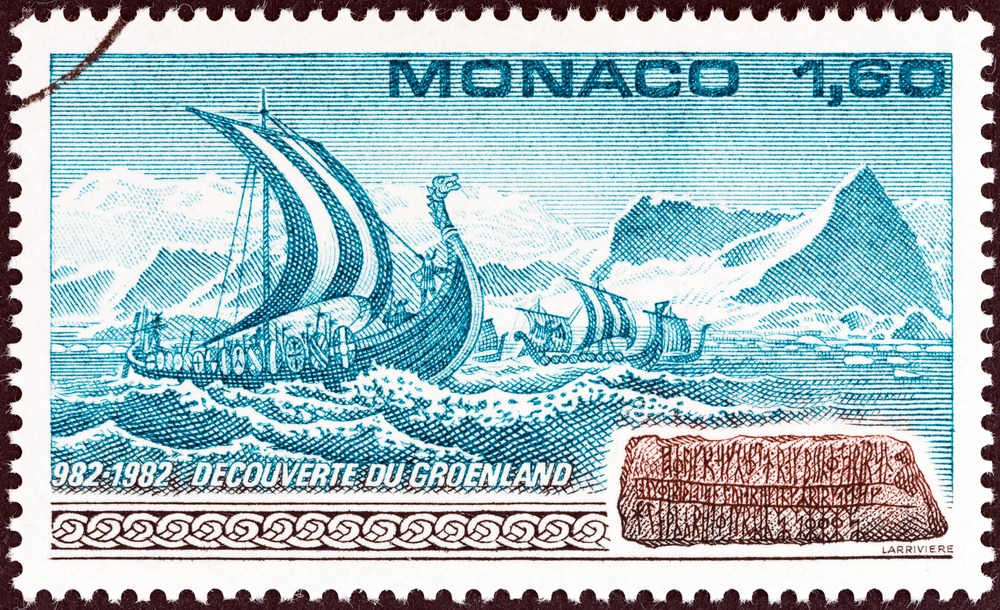
Celebrating Leif in Modern Culture
Every October 9th, a quiet but powerful celebration takes place in parts of the United States, Canada, Iceland, and Scandinavia—Leif Erikson Day, honoring the Norse explorer who set foot in North America nearly 500 years before Columbus.
While not as widely known as other holidays, Leif Eriksson Day carries profound historical and cultural meaning. It commemorates the life and voyages of Leif Eriksson, the Icelandic-born son of Eric the Red, who led an expedition around the year 1000 AD to a mysterious land west of Greenland—what we now believe was part of coastal North America. Many historians associate this discovery with the site of L’Anse aux Meadows in Newfoundland, the only confirmed Norse settlement in the New World.
Why October 9th?
The date of October 9 doesn’t correspond with any known moment in Leif’s life. Instead, it was chosen to recognize the arrival of the Norwegian ship Restauration in New York Harbor on October 9, 1825—a symbolic beginning of organized Norwegian immigration to the U.S. President Lyndon B. Johnson formally declared Leif Eriksson Day in 1964, and several U.S. states observe it annually, especially in regions with strong Nordic heritage like Minnesota, Wisconsin, and the Dakotas.
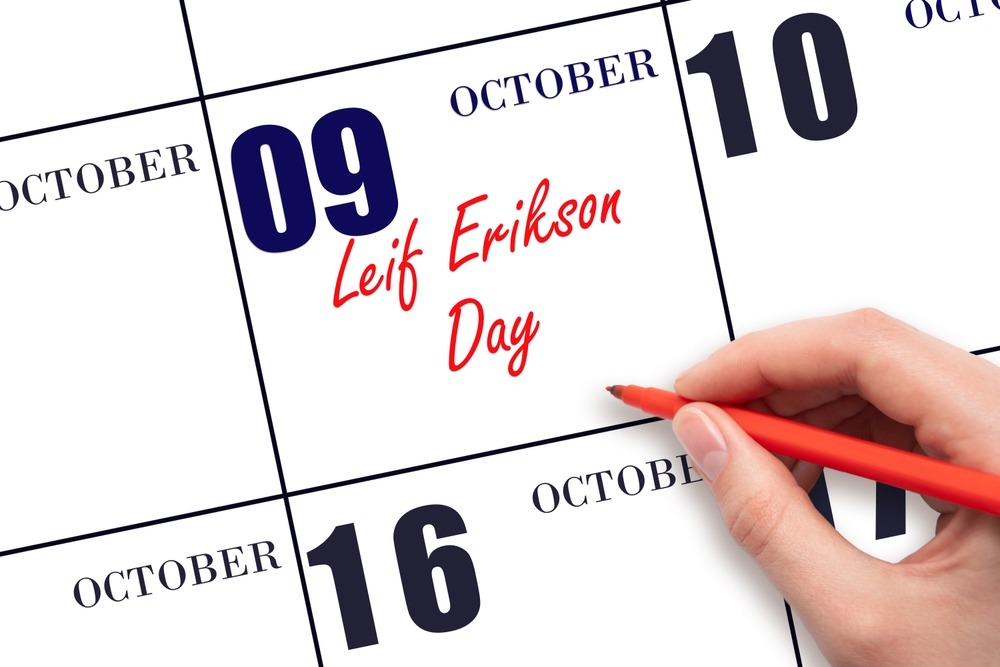
A Day to Rethink Exploration
Leif Erikson Day isn’t just a nod to a historical figure—it’s also a celebration of discovery, curiosity, and cultural diversity. Leif’s journey to Vinland (likely modern-day Newfoundland) represents the earliest known European exploration of North America, challenging long-standing myths that credit Columbus as the continent’s first European visitor.
Leif’s voyage also highlights the sophisticated seafaring skills of the Vikings. Navigating treacherous waters without compasses or modern maps, Norse sailors relied on the stars, the sun, and keen observations of sea patterns and bird movements to guide them across the North Atlantic. Leif’s successful round-trip voyage to Vinland was no accident—it was the product of inherited wisdom, courage, and innovation.
Modern-Day Celebrations
In Iceland and parts of Greenland, Leif Eriksson is a national hero. Statues in his honor stand proudly in Reykjavík, Qassiarsuk (the site of his family estate in Greenland), and across Nordic-influenced communities in North America. One of the most iconic tributes is the statue of Leif Eriksson in front of Hallgrímskirkja Church in Reykjavík, gifted by the United States in 1930 to celebrate the 1,000th anniversary of Iceland’s parliament.
Schools, cultural centers, and museums often use the holiday to share Norse history, mythology, and the story of Viking expansion. In some U.S. states, Leif Eriksson Day serves as a chance to reflect on immigrant contributions to American society, especially from Nordic nations.
Honoring a Legacy
Though Leif’s North American colony did not last, his achievements are enduring. He represents not only the spirit of adventure but also the lesser-known truths about who reached the New World first. In celebrating Leif Eriksson Day, we remember a chapter of history that blends mythology with archaeology, sagas with scholarship.
So this October 9th, take a moment to look beyond the typical narratives of exploration. Raise a toast to Leif the Lucky—the Viking who changed history and never looked back.


